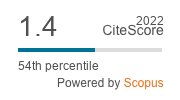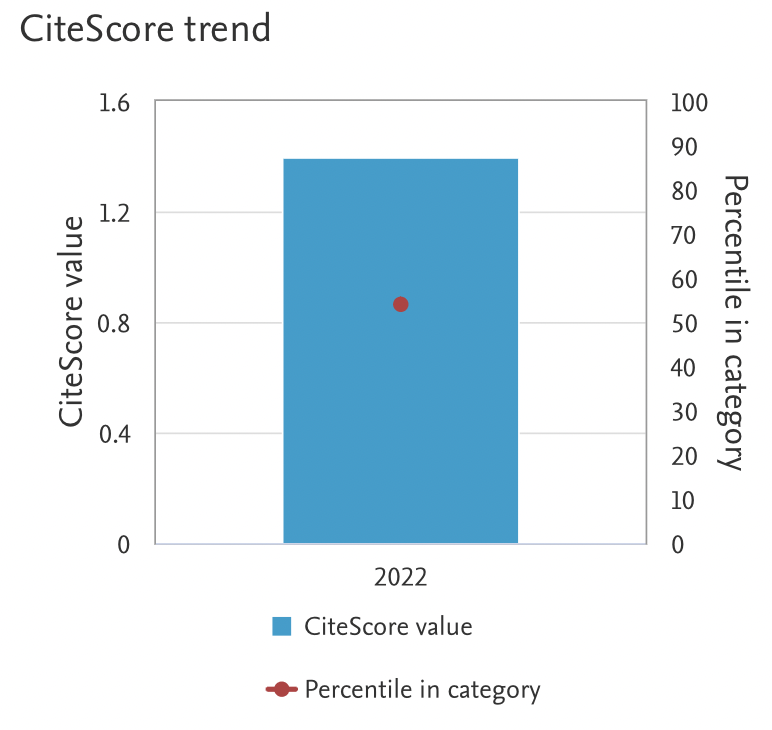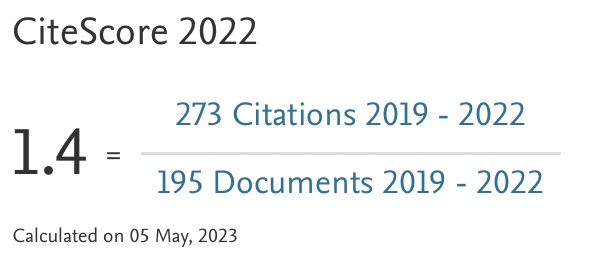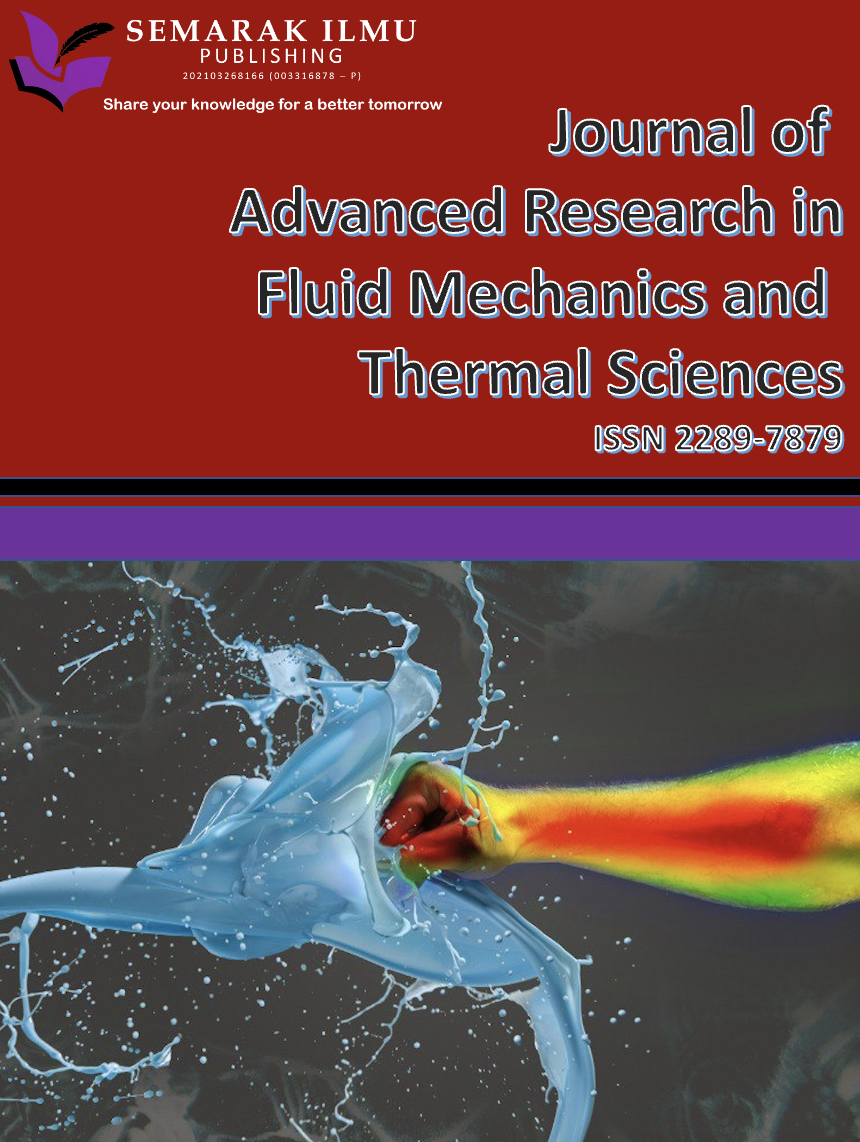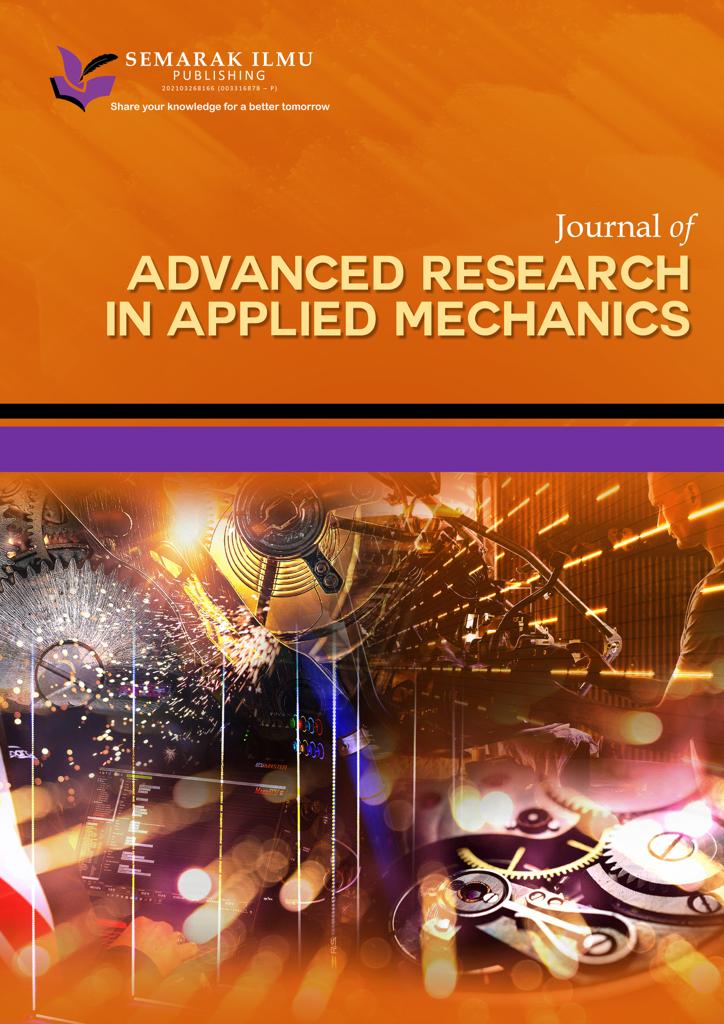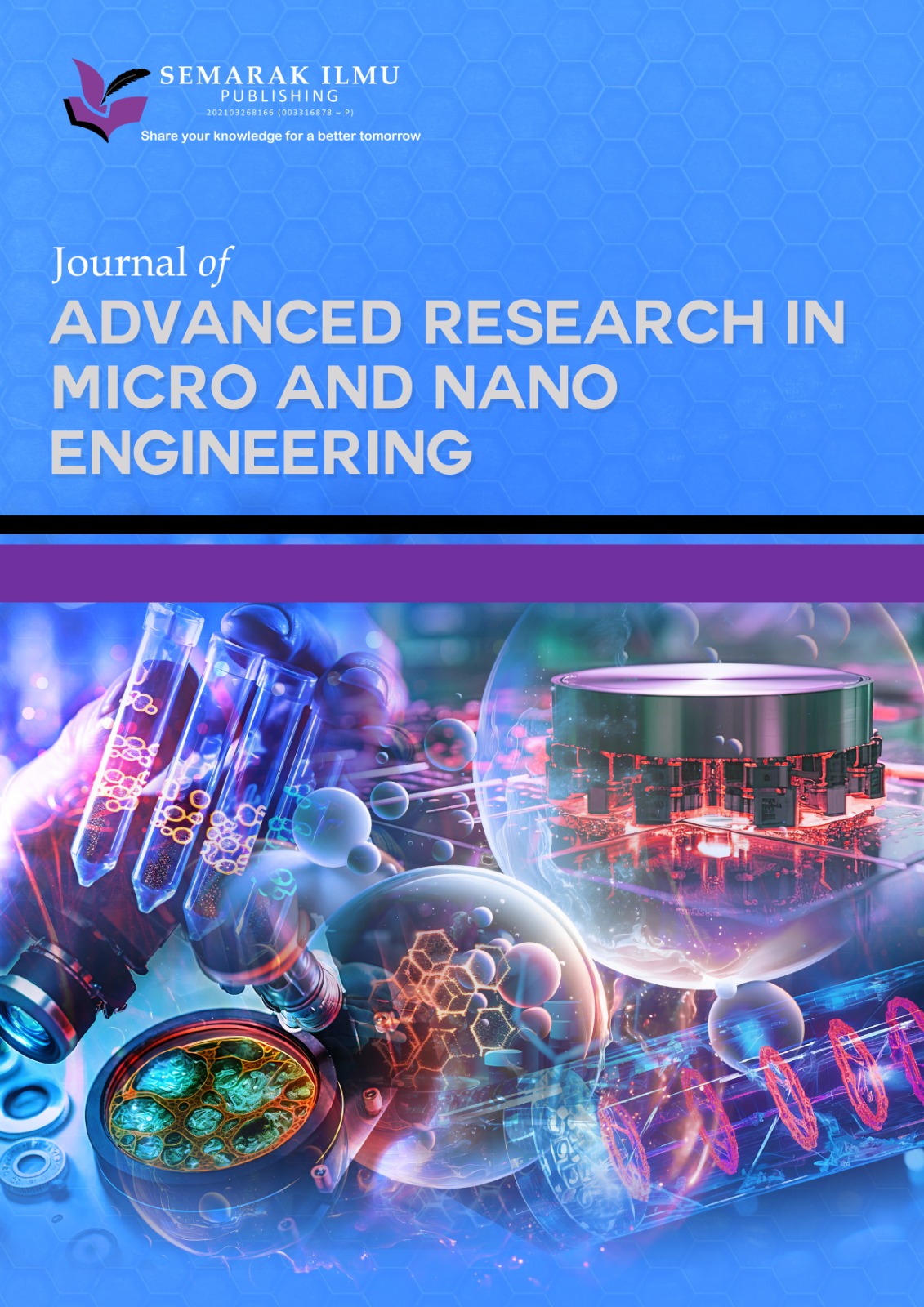Time Orient Acceleration Gait Pattern Based FOG Prediction on Parkinson Patients Using Deep Learning and Wearable Sensors
DOI:
https://doi.org/10.37934/araset.47.1.219229Keywords:
Deep learning, Freeze of Gait, Gradient boosting, Prediction Model, Sensory ConfigurationAbstract
The problem of predicting Freeze of Gait (FoG) on Parkinson diseased patients has been well studied. There exists number of approaches in predicting FoG, which uses sensory features, EEG data and so on. However, the methods suffer to achieve higher performance. To handle this issue, an efficient Time Orient Acceleration Gait pattern based FoG prediction model (TOAGP-FoG) is presented in this paper. The model designed to attach accelerometer sensors at different ankle and joints of the body. The sensor signals are recorded at different gait movement in long term. The sensory signals are passed to the central data server which tracks the movement signals. With the time variant signals stored by the model, the method generates Acceleration Gait Pattern with number of features. At each movement, the method analyses the patterns to compute FOG Risk Support (FoGRS) towards various gait movement. The FoG Risk Support is measured according to the movement forces produced by the patient for various gait movement in different time stamp and computes minimum gait force to be produced. Based on the FoGRS value, the method performs FoG prediction. The proposed method improves the performance of FoG prediction with higher accuracy. Other notable aspects of the suggested model include comparable performance, resiliency, real-time prediction capabilities, FOG-specific integration of data, and advanced deep learning methodologies for accurate prediction. The Special Features of TOAGP-FoG include the Multi-Sensor Configuration, Temporal Analysis, Adaptive Thresholding, Dynamic FoG Risk Support (FoGRS), and Enriched Feature Extraction. The TOAGP-FoG model offers an important breakthrough in the predictive modelling of Parkinson's disease since it integrates several features such as temporal flexibility, dynamic FoGRS computation, adaptive thresholding, enriched feature extraction, and multi-sensor configurations.





